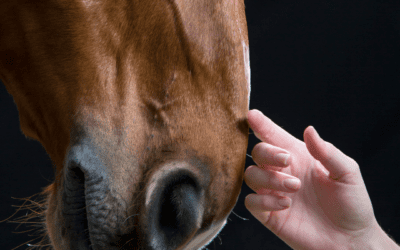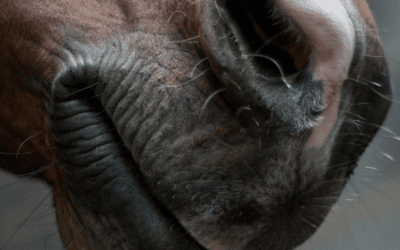The AeroKat Feline Aerosol Chamber and AeroDawg Canine Aerosol Chamber are designed to be used along with metered dose inhalers (MDIs) to deliver aerosol medication to animals suffering from respiratory diseases. When the chamber is attached to the MDI it allows the animal to breathe normally and inhale the aerosol medication. Both chambers include a Flow-Vu Inspiratory Flow Indicator, a valuable feedback tool that moves as the patient breathes, allowing the caregiver to ensure a good facemask seal, coordinate actuation with inhalation and count patient breaths. The chambers include two facemasks designed to accommodate different breeds and sizes. Aerosol medications delivered by metered dose inhalers have been used to treat human respiratory conditions since the 1960s. Because respiratory disease in animals imitates human conditions, they can be treated in a similar way. Aerosol delivery provides many benefits including the potential for attaining high drug concentration at the disease site with minimal systemic absorption.
- Therapeutic effect can often be achieved with a fraction of the dose required for systemic delivery of the same drug.
- Metered Dose Inhalers are the most prescribed drug format for respiratory medications because they act quickly, at the site and with few side effects.
There are two main categories of drugs available in MDI format:
- Corticosteroids – for control of the inflammation that causes respiratory symptoms
- Bronchodilators – for quick relief of symptoms
This study summary includes some of the more recent and relevant studies on the use of inhaled medication to treat respiratory disease in small animals.
To read the full paper please click here (570Kb PDF)




